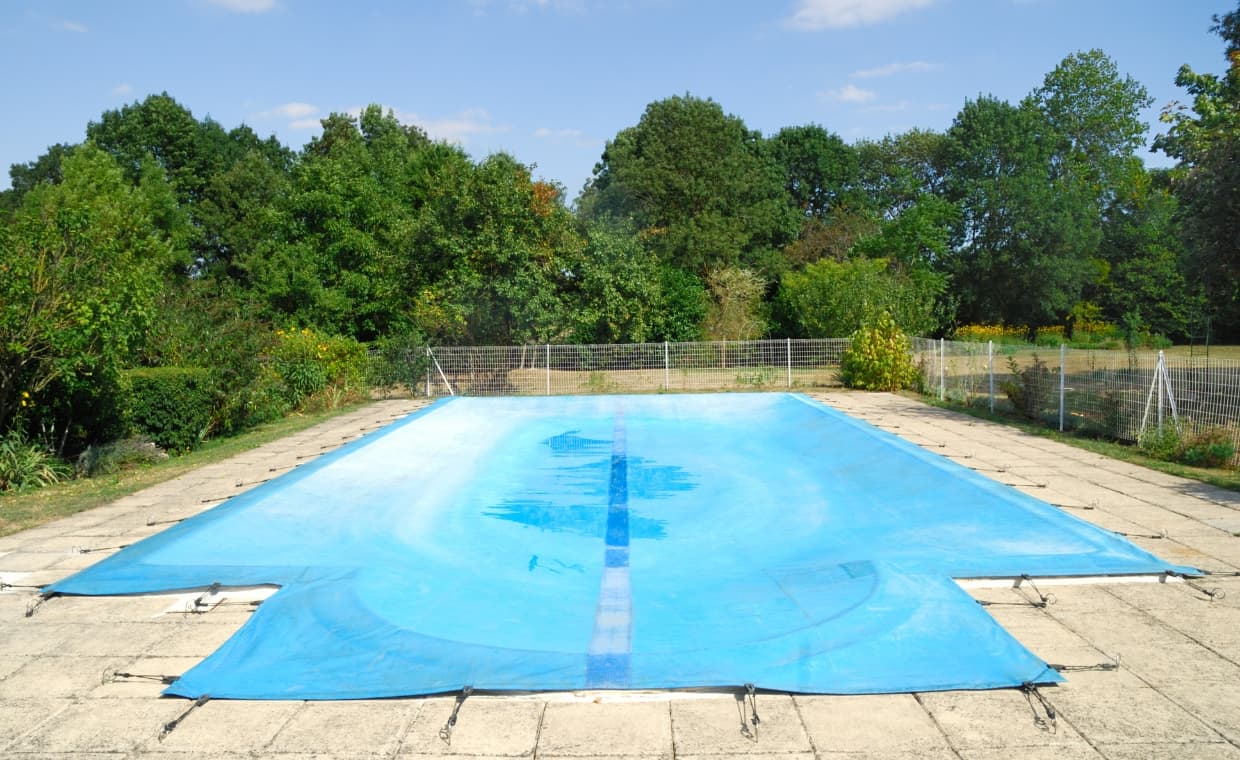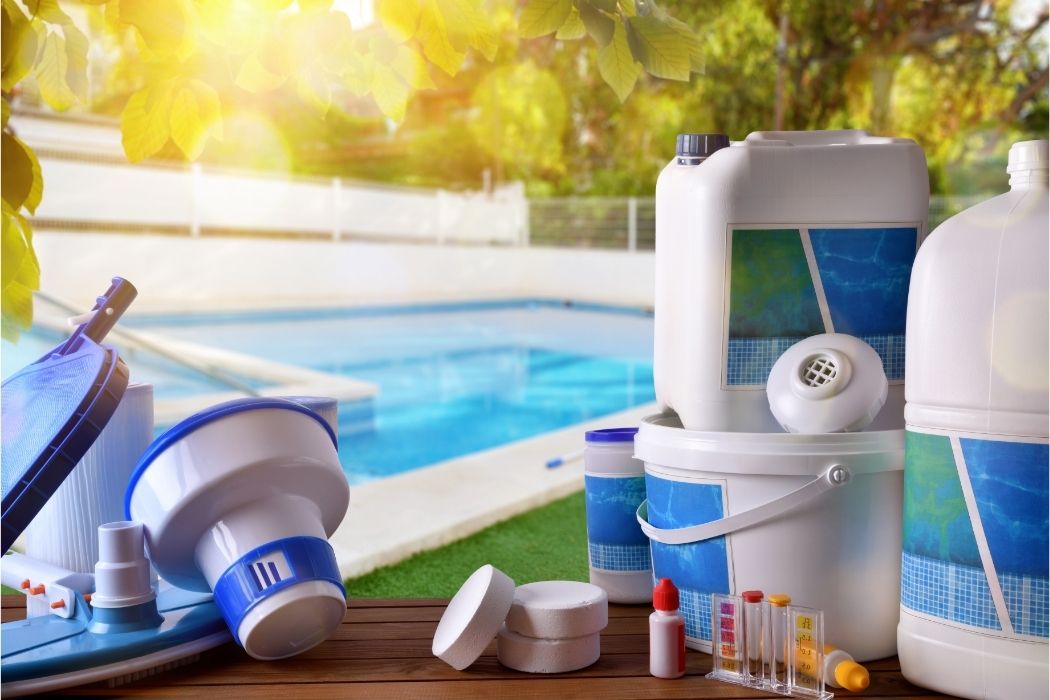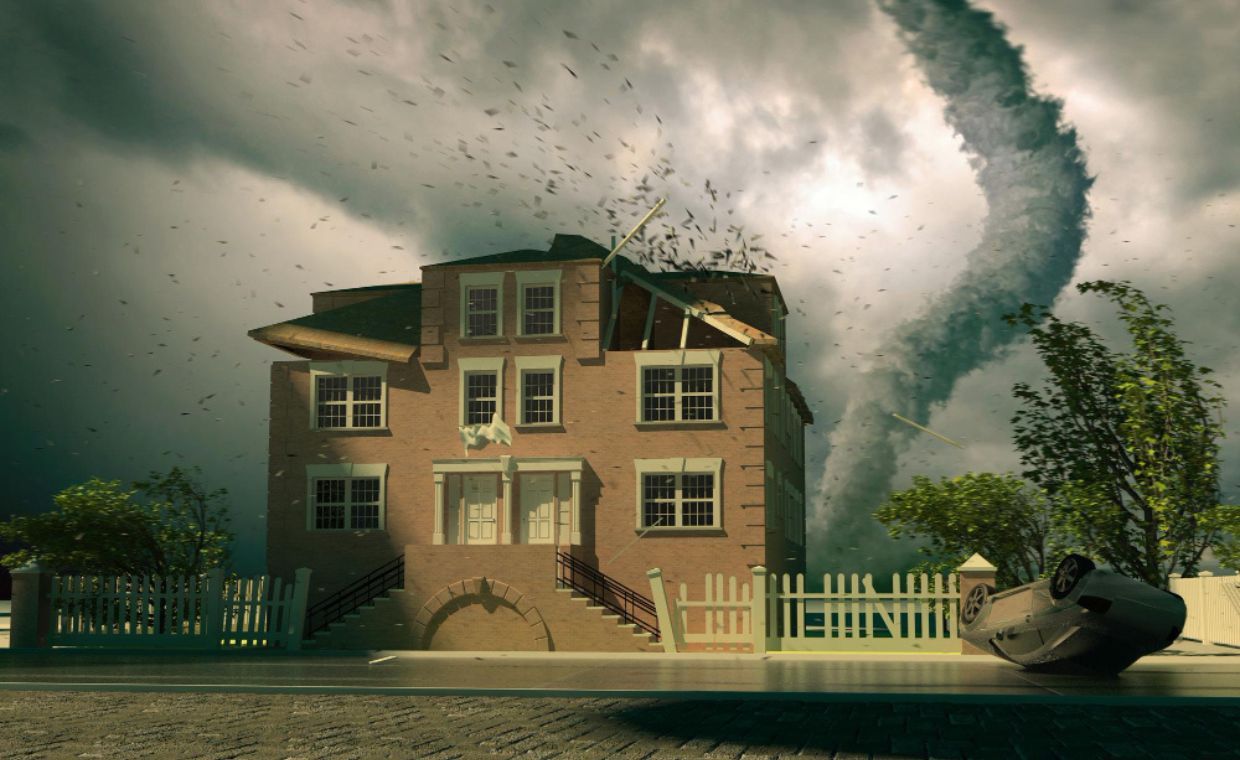
Table of Contents
Quick Overview
Here is the quick overview of the step-by-step guide for winterizing your pool:
- Clean the pool and remove debris, vacuum floors, and brush walls.
- Balance water chemistry to maintain proper pH, alkalinity, calcium hardness, and sanitizer levels.
- Lower the water level below the skimmer to prevent freezing damage.
- Add winterizing chemicals like algaecide, shock, and stain preventer.
- Drain and protect all pool equipment, blow out pipes, and plug lines.
- Clean and store the pool accessories safely.
- Install a secure winter pool cover to block debris and protect the surface.
- Check the pool periodically during winter for debris, cover tension, and water buildup.
- Proper winterization can save you money and keep the pool ready for the next season.
Winterizing your pool is essential to extend its lifespan, prevent costly repairs, and ensure a smooth re-opening when warm weather season comes again. Whether you live in a freezing temperature region or just want to minimize off-season maintenance, taking the right steps now will protect your investment throughout the year.
Winterizing Your Pool: Step-by-Step Guide
Here is the guide for properly winterizing your swimming pool:
1. Cleaning the Pool Thoroughly

Clear the debris from the pool water, such as leaves, insects, and dirt, and from their surroundings. Vacuum the pool floor, brush the walls, and empty skimmer baskets. A clean pool can reduce algae growth and staining during the winter periods.
2. Balance the Pool Water Chemistry

You can adjust your pool’s water chemistry to the correct levels as follows:
- pH: 7.2–7.6
- Alkalinity: 80–120 ppm
- Calcium Hardness: 200–400 ppm
- Chlorine or Sanitizer Levels: As recommended
Balancing the pool water will help you to prevent scale buildup, corrosion, and surface damage when the pool is inactive.
3. Lower the Pool Water Level

In colder climates, it’s important to lower the water level below the skimmer to prevent freeze damage. However, if the pools have vinyl liners or fiberglass shells, you need to be cautious not to drain too much water as it can cause structural damage to the pool.
4. Add Winterizing Chemicals to the Pool

Use a winterizing chemical kit that typically includes:
- Algaecide
- Chlorine or non-chlorine shock
- Stain and scale preventer
The above-mentioned products will help you to maintain the water clarity, prevent mold algae, and protect the pool surfaces from staining and corrosion during the off-season.
5. Drain and Protect Pool Equipment

Completely drain the water from the pool equipment including:
- Pump
- Filter
- Heater
- Chlorinator
Burst the plumbing lines with the help of an air compressor to prevent freezing and cracking. Plug the lines with winterizing plugs and add anti-freeze, if necessary, especially in colder climates.
6. Remove and Store the Pool Accessories

Take out ladders, diving boards, pool toys, and any other pool accessories. Clean and dry them before storing them in a dry, sheltered place. This will prevent rust, wear, and unnecessary weather damage.
7. Install a Winter Pool Cover

Use a good-quality winter cover or safety cover to protect your pool from debris, UV rays, and winter weather. Ensure that it fits tightly and is securely anchored to prevent wind damage and safety hazards.
8. Monitor the Pool Periodically
Don’t forget to check your pool in the off-season. Clear the debris from the pool cover, tighten straps, and ensure no water is pooling on top of the cover. This can prevent mid-winter problems and ensures a clean start in spring.
Conclusion
Winterizing your pool is a proactive way to protect your investment and save money in the long run. By following the above-mentioned steps, you can reduce the winter damage and ensure your pool is ready for another season of enjoyment. A little effort now goes a long way toward preserving the beauty, function, and safety of your pool year-round.
If you’re planning future upgrades or need financing help, exploring the best pool loans can make those improvements more affordable.
Also Read: How to Properly Open Your Swimming Pool? – 9 Easy Steps
FAQs on Winterizing Your Pool
1. Why is Winterizing Necessary for Your Pool?
Winterizing can protect your pool from freezing damage, prevent algae growth, stop the corrosion and costly repairs during the off-season.
2. Can You Winterize the Pool Yourself?
Most of the steps can be done yourself, but for the plumbing and equipment, hiring a pool professional will be a better choice, especially in freezing climates.
3. What Happens If You Skip the Winterizing Process?
If you skip the winterizing process, it will create a risk like cracked pipes, damaging pool equipment, stains, excessive algae growth, and expensive repairs in spring.






























